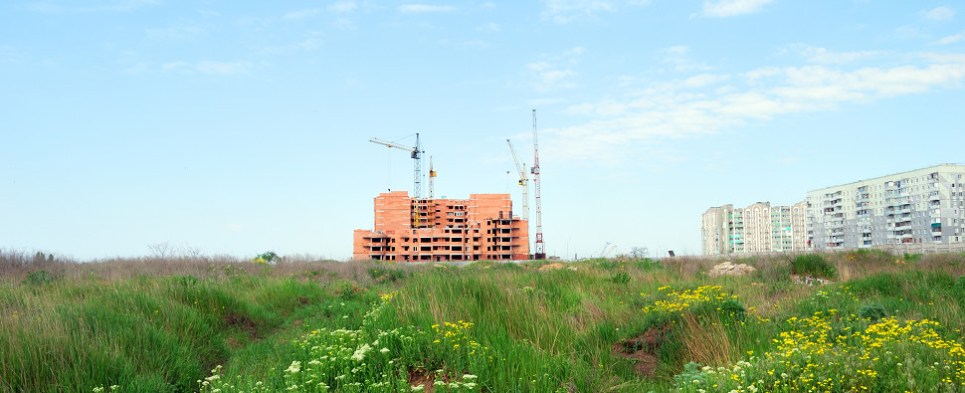Global Foreign Direct Investment Slipped In 2017: UNCTAD
Global flows of foreign direct investment (FDI) fell by 16 percent in 2017 to an estimated $1.52 trillion, from a revised $1.81 trillion in 2016, according to the latest UNCTAD Global Investment Trends Monitor.
A slump in FDI flows to developed countries (-27 percent) was the principal factor behind the global decline. A strong decrease in flows was reported in Europe (-27 percent) as well as in North America (-33 percent), mainly due to a return to prior levels of inflows in the United Kingdom and the United States after spikes in 2016. This decline was tempered by an 11 percent growth in flows to other developed economies, principally Australia.
FDI to developing economies remained stable, at an estimated $653 billion, two percent more than the previous year. Flows rose marginally in developing Asia and Latin America and the Caribbean, and remained flat in Africa. Developing Asia regained its position as the largest FDI recipient region in the world, followed by the European Union and North America.
In the world’s transition economies, FDI declined by 17 percent to an estimated $55 billion, mainly due to a drop in the Russian Federation and lackluster inflows across most of the Commonwealth of Independent States (CIS).
“The decline of global FDI flows is in stark contrast to other macroeconomic variables, such as GDP and trade growth, which saw substantial improvements in 2017,” said James Zhan, director of UNCTAD’s investment division. “Upward synchronization of the trends in 2018 is probable, but risks are abundant.”
The UNCTAD Global Investment Trends Monitor also showed that, after three years of growth, crossborder mergers and acquisitions declined in 2017. Their growth had already slowed in 2016, and they went on to contract by 23 percent in 2017, to $666 billion. However, this still represented the third-highest level since 2007.
Preliminary data on the value of announced greenfield FDI projects show a decline of 32 percent to $571 billion, or 17 percent in number of projects, their lowest level since 2003. If confirmed, the drop in greenfield project announcements would be a negative indicator for the longer term. Of particular concern is the near halving of the value of project announcements in developing economies, although the fall in project numbers was limited to 23 percent.
Higher economic growth projections, trade volumes and commodity prices would normally point to a potential increase in global FDI in 2018. However, elevated geopolitical risks and policy uncertainty could have an impact on the scale and contours of any FDI recovery in 2018. In addition, tax reforms in the United States are likely to significantly affect investment decisions by US multinationals, with consequences for global investment patterns.





Leave a Reply